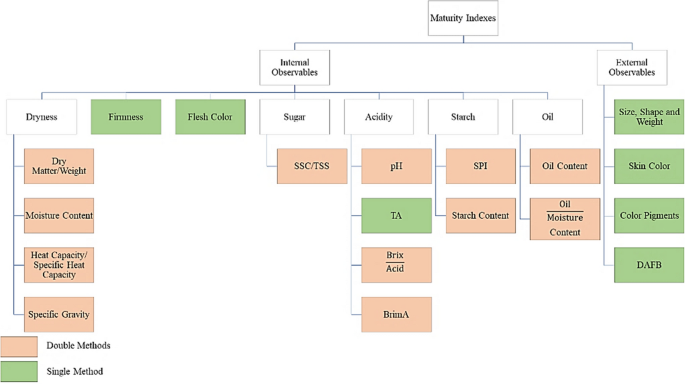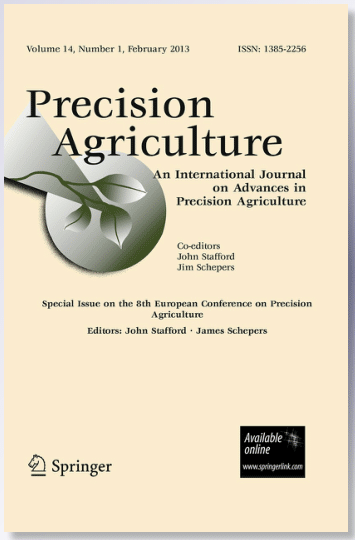The estimation of pre-harvest fruit quality and maturity is essential for growers to determine the harvest timing, storage requirements and profitability of the crop yield. In-field fruit maturity indicators are highly variable and require high spatiotemporal resolution data, which can be obtained from contemporary precision agriculture systems. Such systems exploit various state-of-the-art sensors, increasingly relying on spectrometry and imaging techniques in association with advanced Artificial Intelligence (AI) and, in particular, Machine Learning (ML) algorithms. This article presents a critical review of precision agriculture techniques for fruit maturity estimation, with a focus on destructive and non-destructive measurement approaches, and the applications of ML in the domain. A critical analysis of the advantages and disadvantages of different techniques is conducted by surveying recent articles on non-destructive methods to discern trends in performance and applicability. Advanced data-fusion methods for combining information from multiple non-destructive sensors are increasingly being used to develop more accurate representations of fruit maturity for the entire field. This is achieved by incorporating AI algorithms, such as support vector machines, k-nearest neighbour, neural networks, and clustering. Based on an extensive survey of recently published research, the review also identifies the most effective fruit maturity indices, namely: sugar content, acidity and firmness. The review concludes by highlighting the outstanding technical challenges and identifies the most promising areas for future research. Hence, this research has the potential to provide a valuable resource for the growers, allowing them to familiarize themselves with contemporary Smart Agricultural methodologies currently in use. These practices can be gradually incorporated from their perspective, taking into account the availability of non-destructive techniques and the use of efficient fruit maturity indices.



